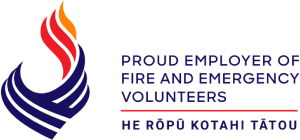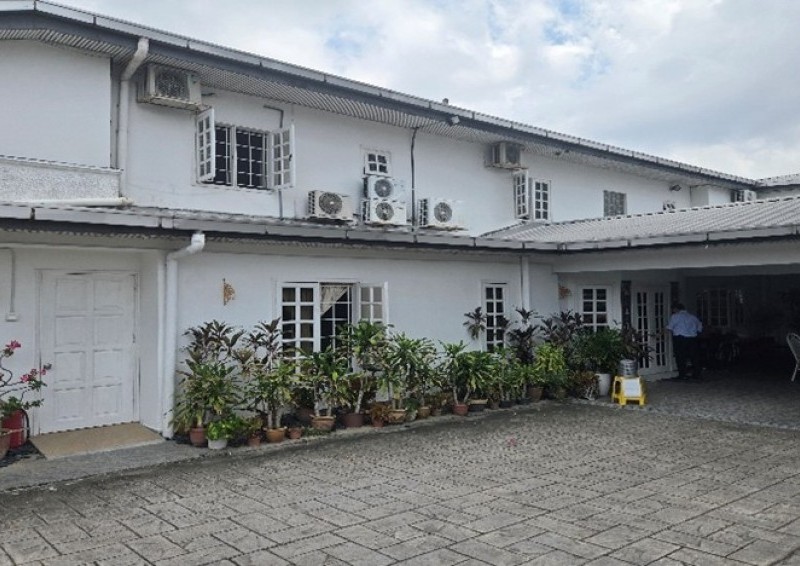Embalming, a crucial practice in the funeral industry, serves to preserve and prepare the deceased for funeral services and viewings. While the process helps grieving families bid farewell to their loved ones, it also poses potential health and safety risks to the embalmers. In this blog, we highlight the paramount importance of personal health and safety during the embalming process, exploring the potential hazards involved and the essential measures to protect those entrusted with this critical task.
Understanding the Hazards
- Exposure to Chemicals: Embalming fluids often contain formaldehyde and other chemicals, which can lead to skin irritation, respiratory issues, and long-term health risks with repeated exposure.
- Bloodborne Pathogens: Embalmers may come into contact with bodily fluids that could carry bloodborne pathogens like HIV, hepatitis B, and hepatitis C, putting them at risk of infection.
- Airborne Particles: During the embalming process, aerosols and airborne particles can be released, which may lead to respiratory problems if inhaled.
- Physical Strain: Lifting and positioning deceased individuals can cause strain and musculoskeletal injuries to embalmers if proper lifting techniques are not employed.
Ensuring Personal Health and Safety
- Training and Education: Embalmers must undergo comprehensive training and education on the safe handling of chemicals, the use of personal protective equipment (PPE), and proper body mechanics to minimise physical strain.
- Personal Protective Equipment (PPE): Employers should provide embalmers with appropriate PPE, including gloves, goggles, masks, and aprons, to shield them from exposure to chemicals and bodily fluids.
- Adequate Ventilation: Properly ventilated embalming rooms help reduce the concentration of airborne chemicals, protecting embalmers from inhaling hazardous fumes.
- Hygiene Practices: Thorough handwashing and hygiene practices are essential after completing the embalming process or coming into contact with potentially infectious materials.
- Ergonomic Equipment: Employers should invest in ergonomic embalming tables and lifting aids to minimise physical strain and reduce the risk of musculoskeletal injuries.
- Vaccination: Embalmers should be up-to-date with vaccinations, especially those for hepatitis B, to safeguard against potential infections.
- Regular Health Checkups: Routine health checkups can help identify any potential health issues arising from long-term exposure to embalming chemicals.
Promoting a Safe Work Environment
- Safety Protocols: Establishing strict safety protocols and procedures for handling chemicals, disposing of waste, and cleaning equipment is crucial for maintaining a safe work environment.
- Ongoing Training: Regularly refreshing embalmers' knowledge and skills through continuous education and training programs ensures they remain updated on best practices and safety measures.
- Supportive Management: Employers must prioritise their employees' well-being and foster a culture that encourages open communication about health and safety concerns.
Conclusion
As custodians of an essential and emotionally sensitive process, embalmers must prioritise their personal health and safety during the embalming process. By understanding the potential hazards involved and implementing necessary precautions, embalmers can protect themselves from exposure to harmful chemicals and infectious materials. Employers play a crucial role in creating a safe work environment, providing comprehensive training, and supplying the right protective equipment to ensure the well-being of their dedicated embalming professionals. A commitment to personal health and safety not only benefits embalmers but also contributes to a more compassionate and respectful farewell for the departed and their grieving families.
Back to Blog








